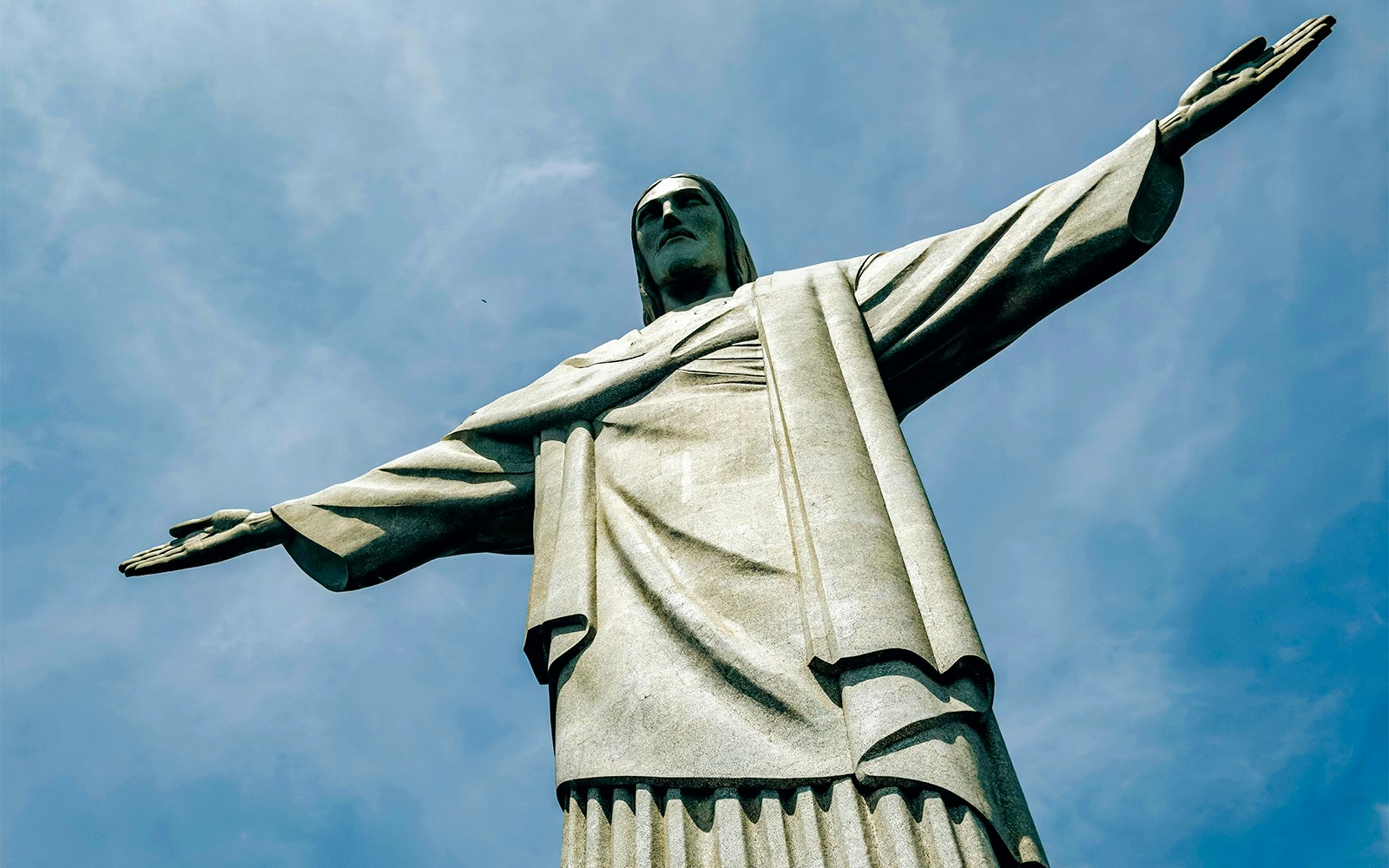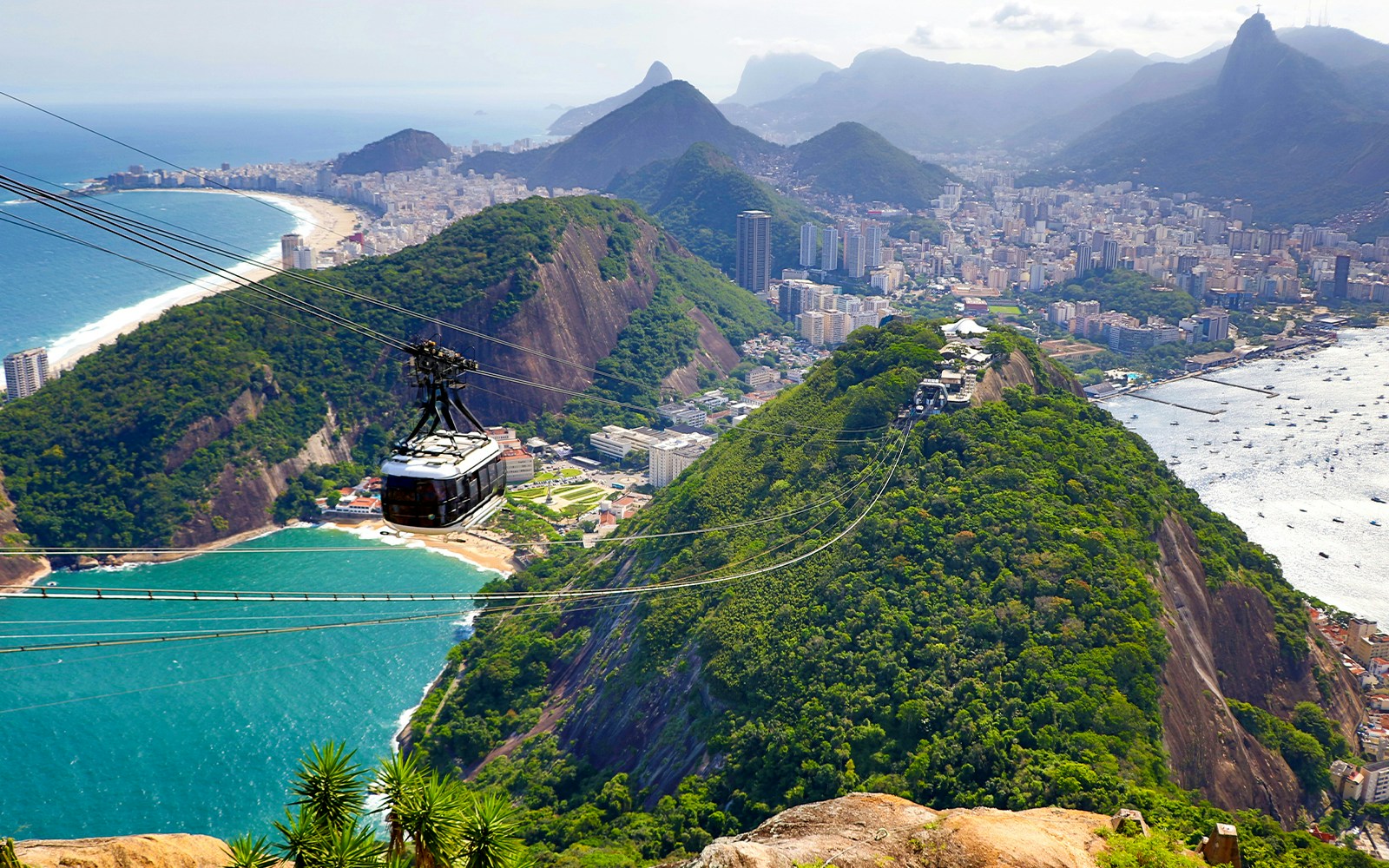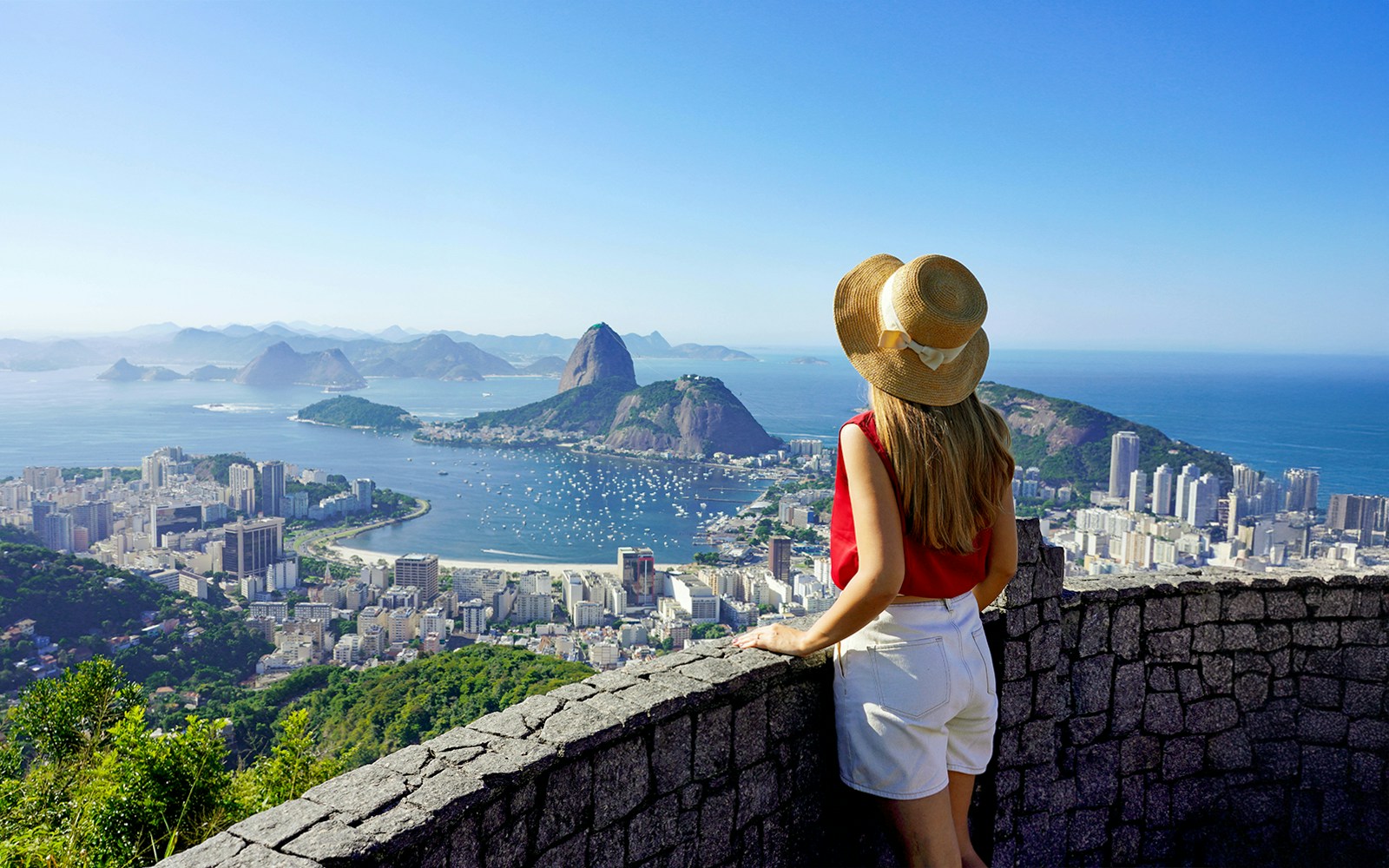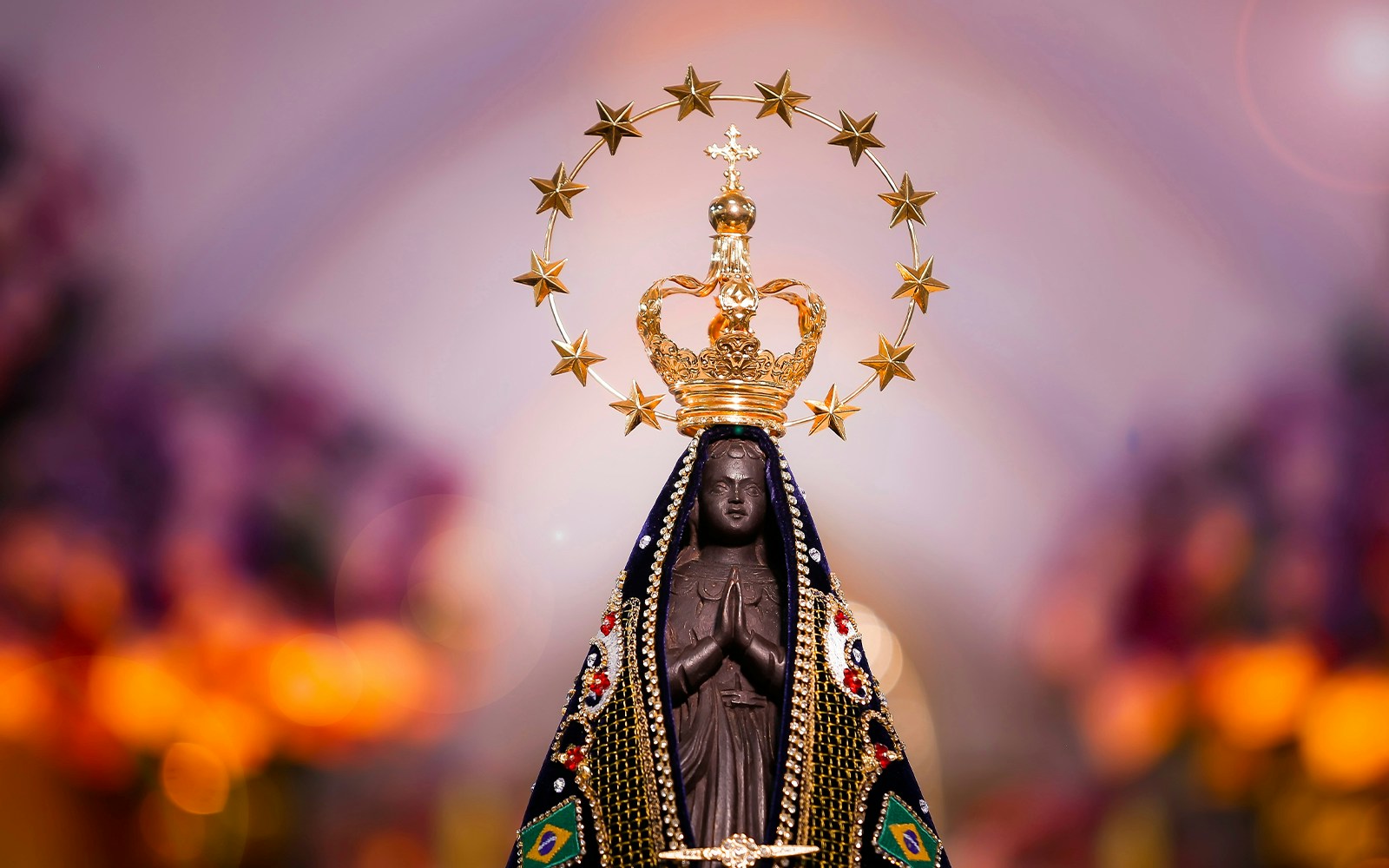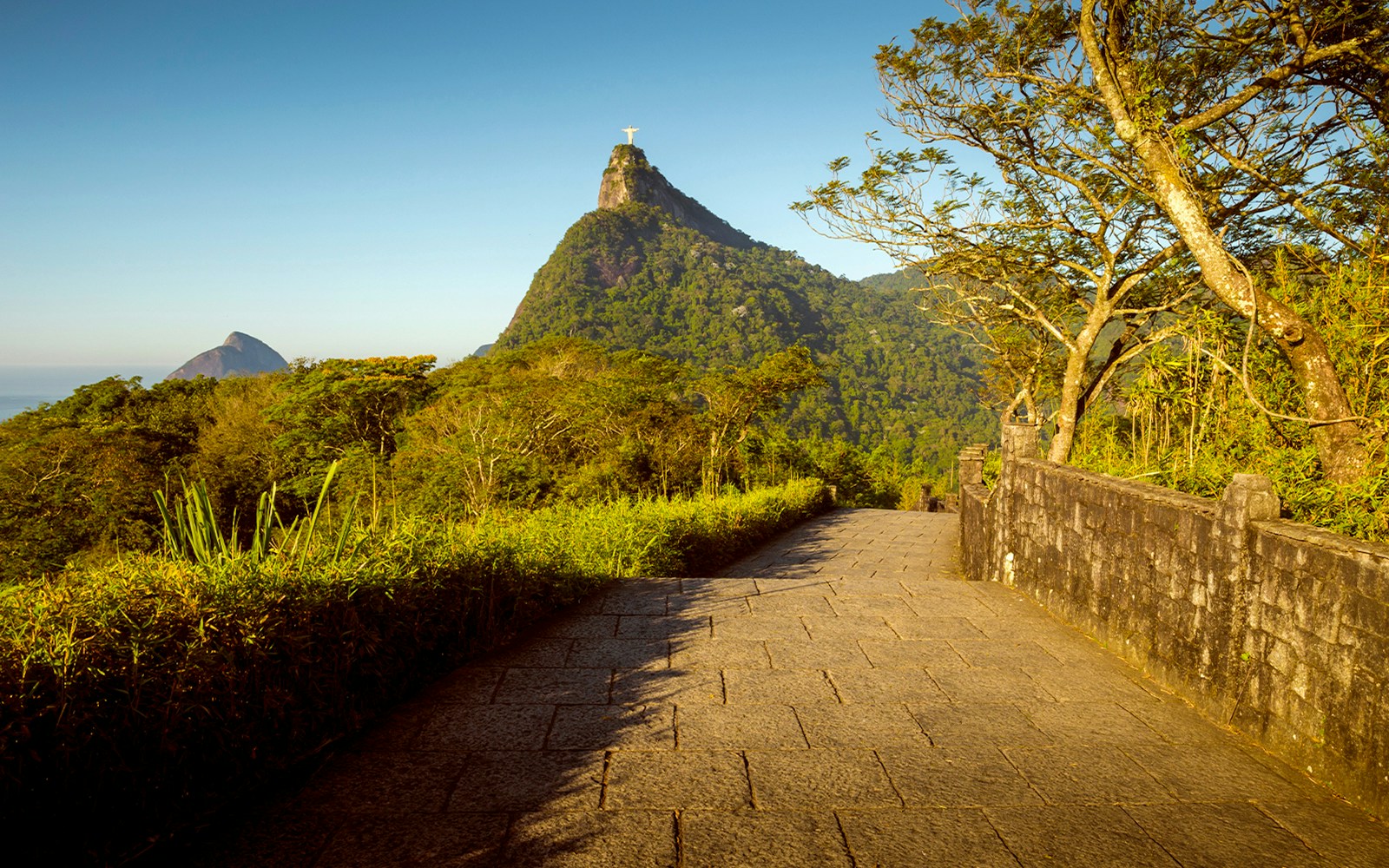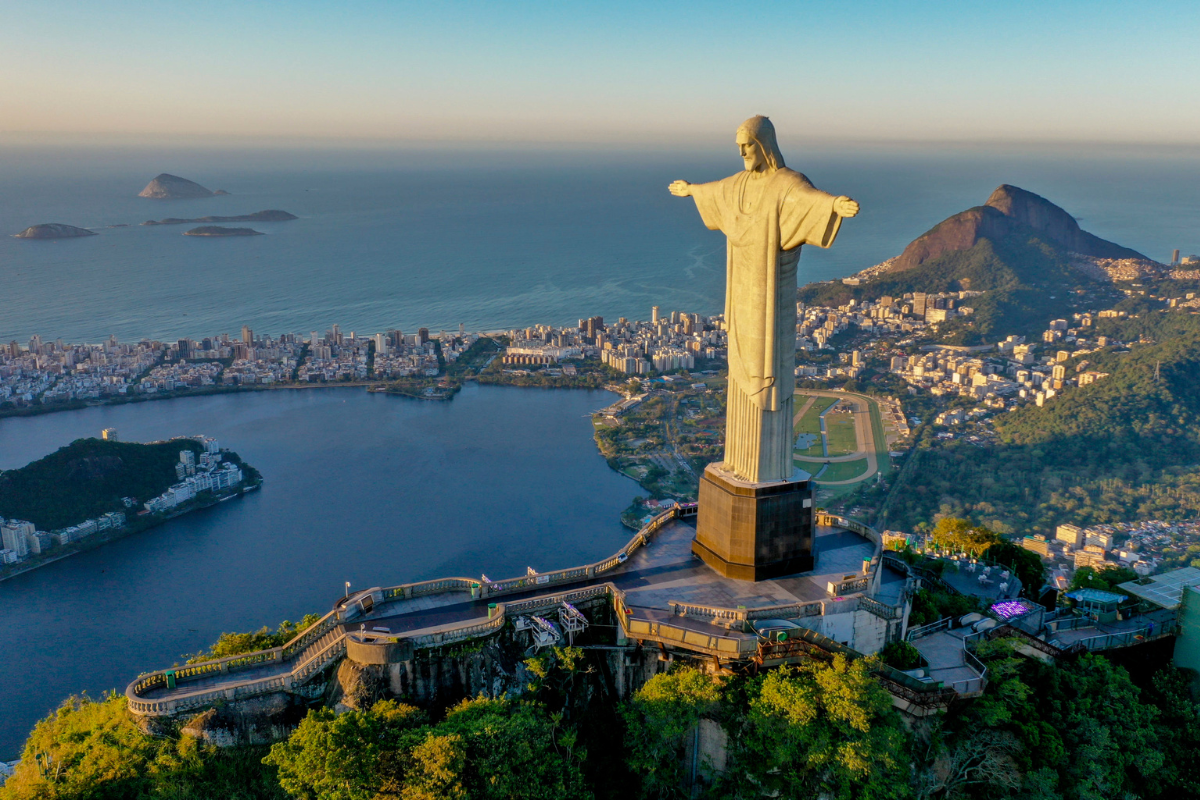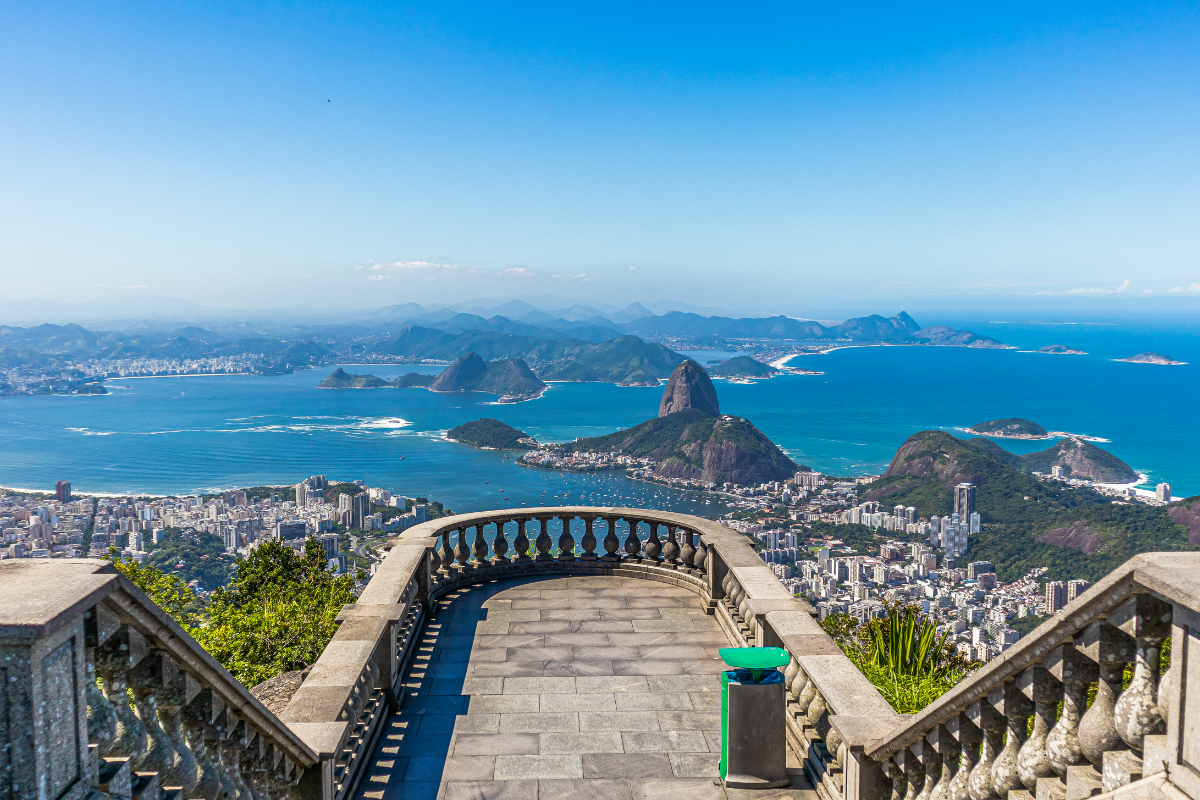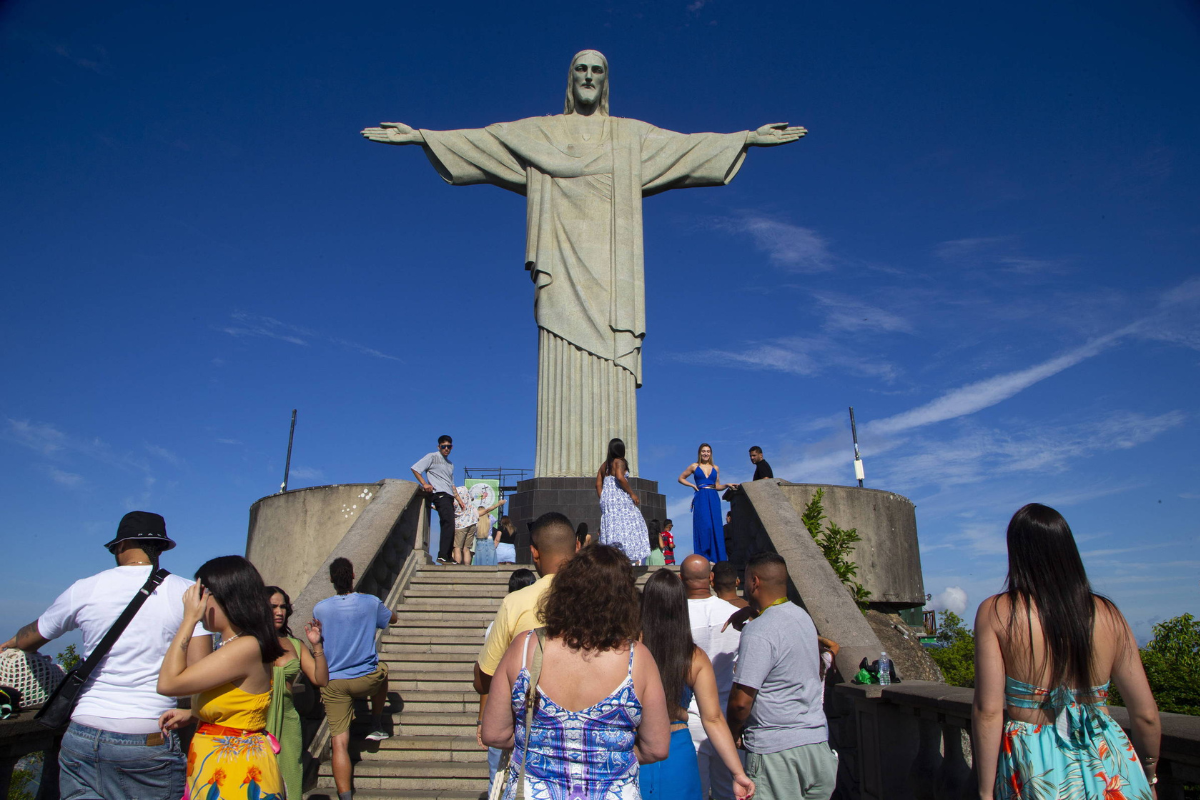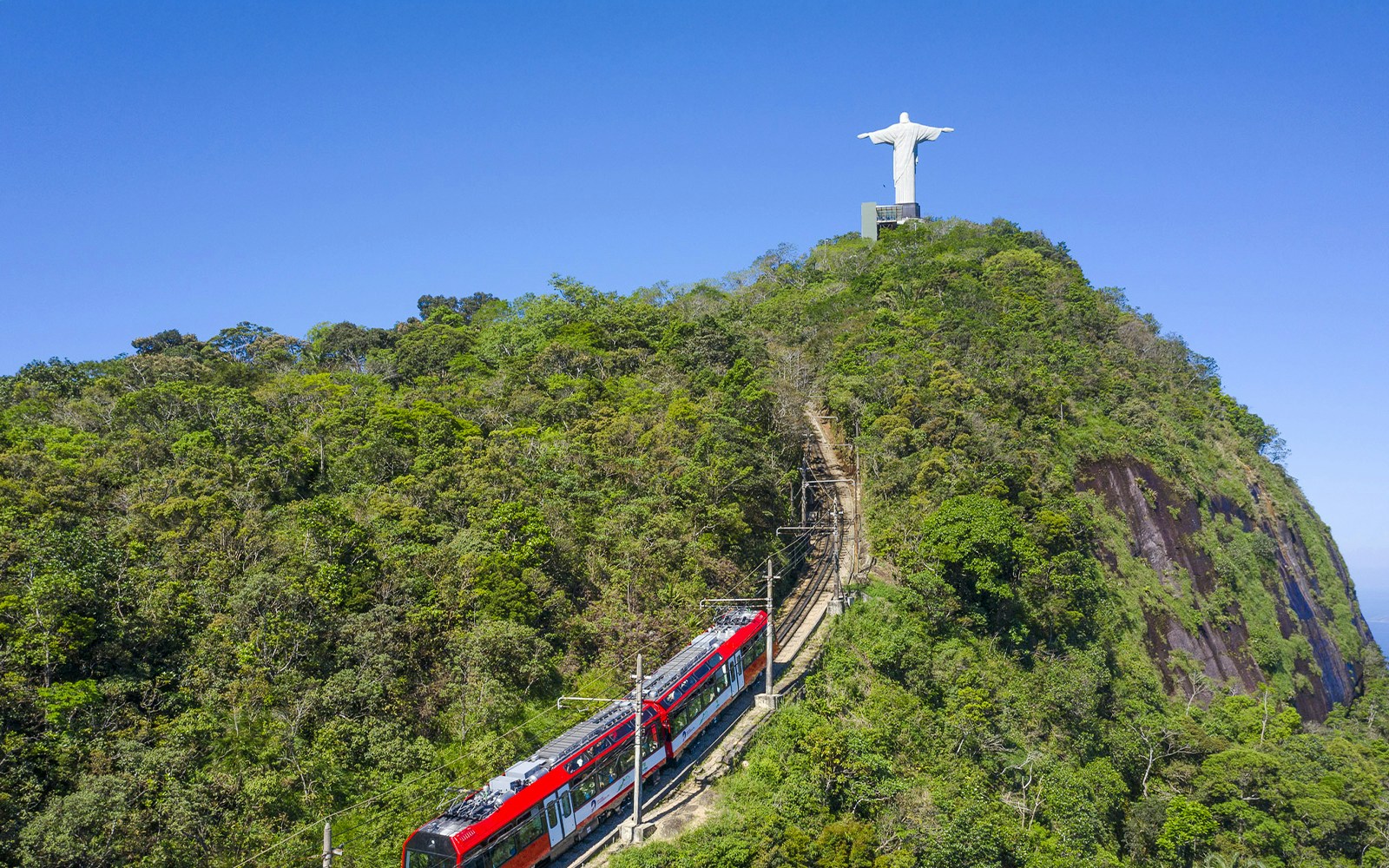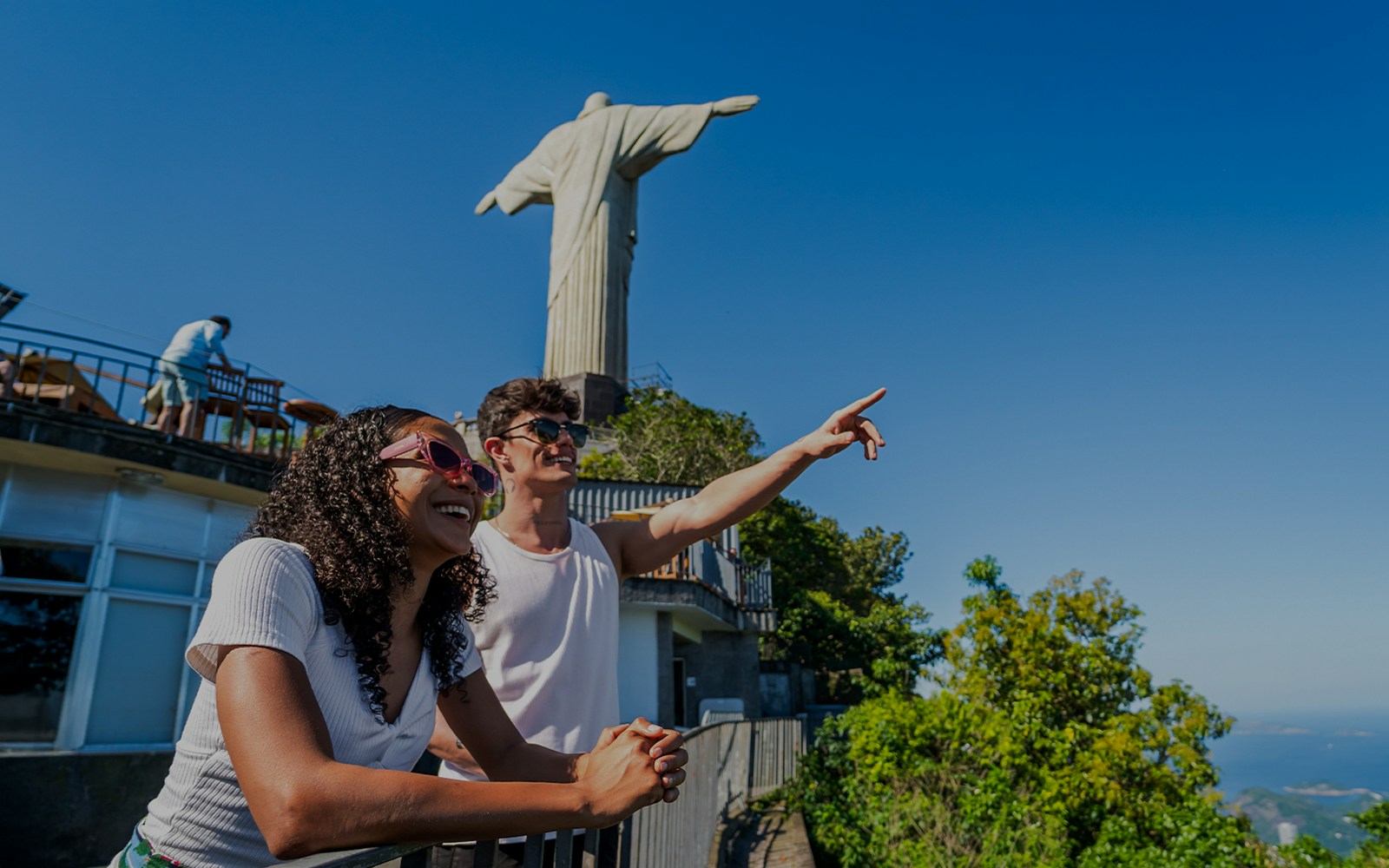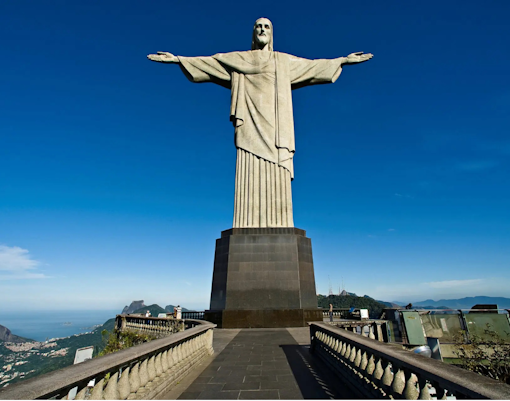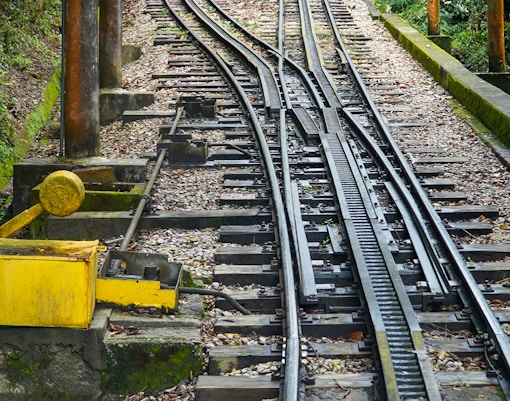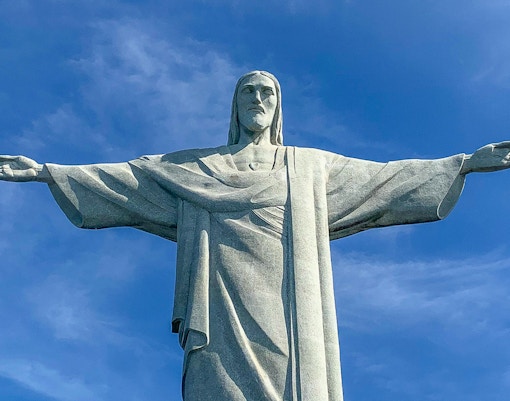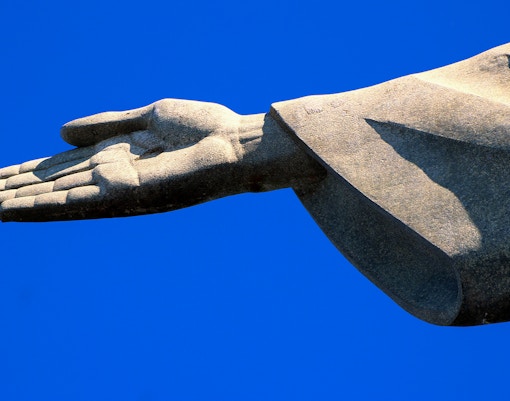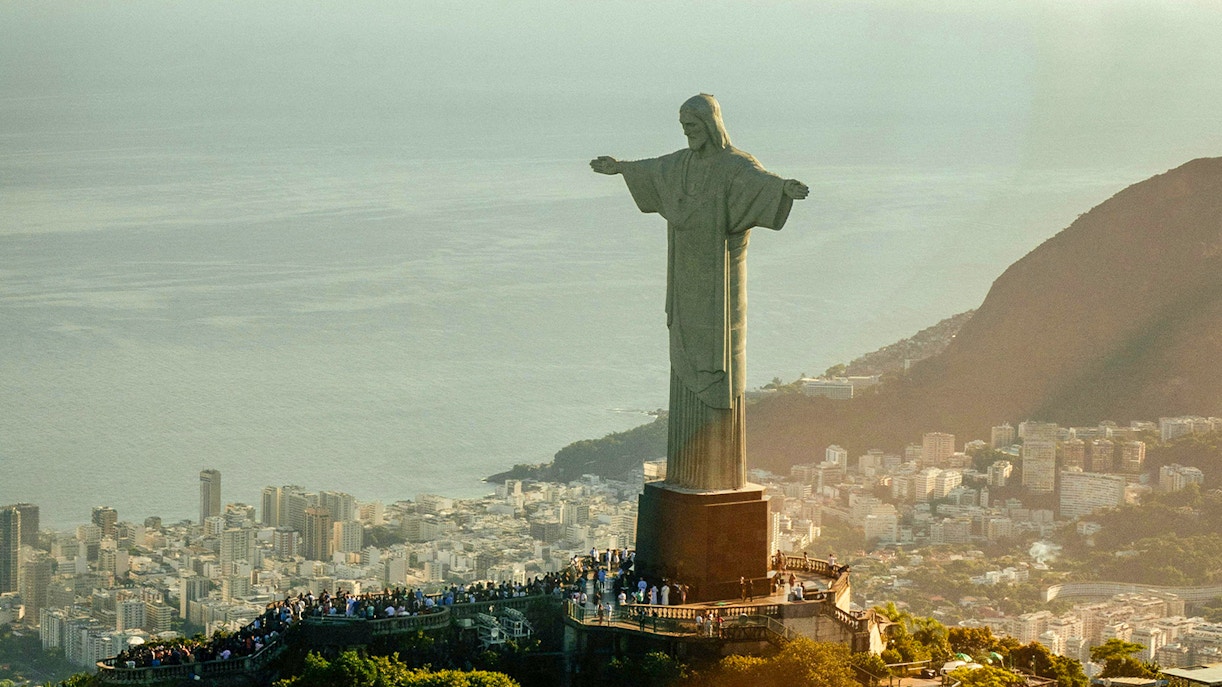One of the most popular and scenic ways to reach Christ the Redeemer is via the Corcovado Train. This historic railway, built in 1884, takes passengers through Tijuca National Park, offering a scenic, panoramic journey before reaching the summit.
Key Details:
- Departure Point: Cosme Velho Station
- Journey Duration: 20 minutes
Things to Keep in Mind:
- Tickets often sell out in advance, so pre-booking is recommended
- Expect up to 3-hour wait times during peak hours

